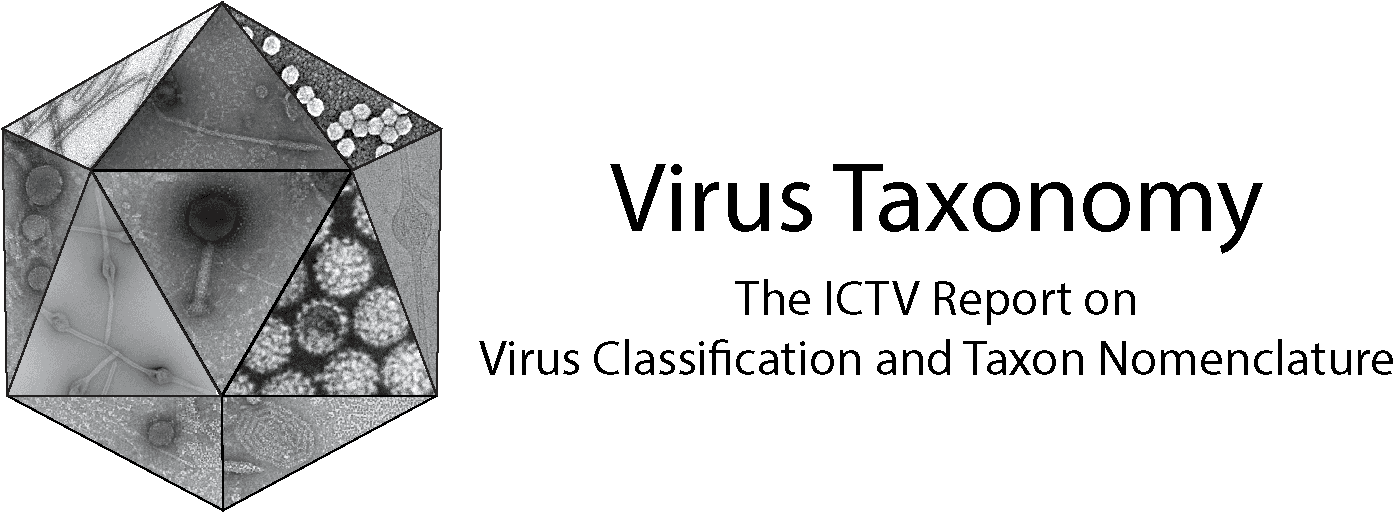Subfamily: Alphaherpesvirinae
Genus: Varicellovirus
Distinguishing features
The predicted amino acid sequences of members form a distinct lineage within the subfamily (Figure 1. . Alphaherpesvirinae).
Virion
See discussion under family description.
Genome organization and replication
Most members have a class 3 genome architecture (Figure 2. Herpesviridae). Varicella-zoster virus (VZV in the species Varicellovirus humanalpha3) and simian varicella virus (SVV in the species Varicellovirus cercopithecinealpha9) have the shortest genome lengths observed for family members, with highly compact genomes of just 125 kbp. VZV has the lowest level of intraspecies diversity of the human herpesviruses (Peters et al., 2006, Tyler et al., 2007).
Biology
Members have a broad range of mammals as hosts, including humans and other primates, livestock, domestic animals and marine mammals. Latent infection is established in sensory neurons, although latent infection of other sites has been reported. VZV causes chickenpox upon primary infection and shingles (zoster) after reactivation of latent virus. Antigenicity Members may cross-react serologically.
Species demarcation criteria
See discussion under family description.

